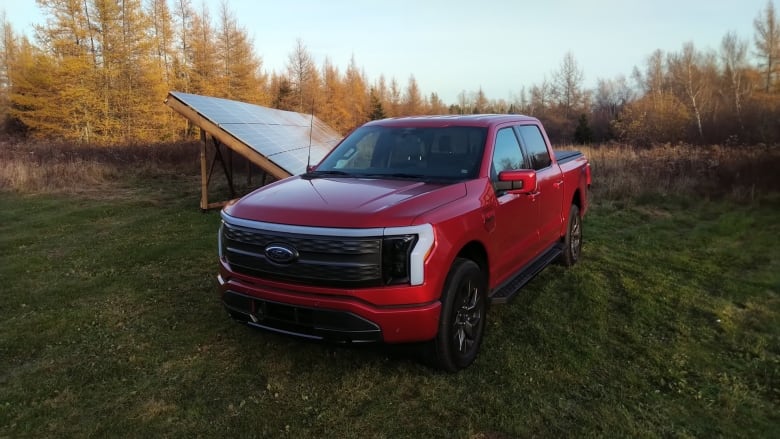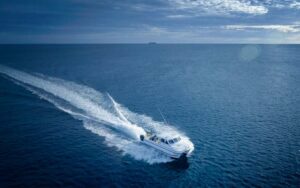BC’S SOLAR ENERGY REVOLUTION
SUPPORTING SOLAR IN BRITISH COLUMBIA
The British Columbia Government and BC Hydro are entering the solar race. Renewable energy enthusiasts, homeowners, and business owners alike have a lot to look forward to as BC takes monumental steps toward a sustainable future. In many instances, the new programs are the first time for rebates offered by the utility.
The official release by the Ministry of Energy, Mines and Low Carbon Innovation says, in part,
“Providing solar rebates is part of Powering Our Future: B.C.’s Clean Energy Strategy, which outlines the actions government is taking to accelerate the shift to clean energy and create new opportunities for people and businesses throughout British Columbia”
(ref: B.C.’s future powered by clean energy | BC Gov News)
BC’S SOLAR POTENTIAL
British Columbia has long been a champion of renewable energy, primarily through its vast hydroelectric resources. However, recent climate change challenges and the growing demand for sustainable energy solutions have prompted the province to diversify its renewable energy portfolio. Enter solar energy—a clean, abundant resource that BC Hydro and the government are now actively promoting. The strategy focuses on building an economy powered by clean energy, creating new jobs and opportunities, and keeping electricity affordable.
WHY SOLAR?
Solar energy has several advantages that make it an attractive option for both residential and commercial use. Solar PV energy also compliments existing hydro dams, allowing water to be stored for times of high electricity demand thus reducing peak loads.
Other reasons solar is awesome:
- Clean Energy: Solar power produces no greenhouse gas emissions during operation, contributing to cleaner air and reduced carbon footprint.
- Energy Independence: By generating your own power, you can reduce dependence on the grid and enjoy more control over your energy costs. At the same time, it reduces demands on the utility to provide that power thus reducing the overall demand on the grid.
- Cost Savings: While the initial investment can be significant, the long-term savings on electricity bills and potential government incentives make solar energy a cost-effective solution.
- Energy Storage: Combining solar with batteries provides reliability and resiliency.
BC HYDRO’S ROLE
BC Hydro is not just a bystander in this revolution; its’ mandate is to produce reliable, affordable and clean electricity. A Crown Corporation, it is guided by an integrated planning process that includes B.C.’s Utilities Commission Act and the Clean Energy Act. As part of this mandate for reducing greenhouse gas emissions it is actively participating and promoting solar energy through a variety of programs:
- CALL FOR POWER – SOLAR FARMS
- LOAD DISPLACEMENT – INDUSTRIAL
- ENERGY STORAGE INCENTIVE – COMMERCIAL
- SOLAR PLUS BATTERY STORAGE – RESIDENTIAL
- SOLAR PLUS BATTERY STORAGE – BUSINESSES
BC HYDRO’S PROGRAMS
- Call for Power – Solar Farms: This initiative invites proposals for large-scale solar farms to significantly contribute to the province’s renewable energy supply. The 2024 Call for Power Request for Proposals (RFP) is structured to help ensure B.C. has sufficient clean or renewable energy to meet future needs. It aligns with the 2021 Integrated Resource Plan, which indicated the need to acquire approximately 3,000 GWh/year of additional energy as early as late fall 2028.
- Load Displacement – Industrial: Aimed at industrial sectors, this program encourages factories and large energy-consuming facilities to install solar panels to meet part of their energy needs. Installs must be greater than 100 kW and is for strictly unidirectional power. Maximum incentives can be $1 million for distribution systems and up to $5 million for transmission systems. By offloading some of their power demands to solar,
- Energy Storage Incentive – Commercial: This program focuses on commercial entities, offering incentives to integrate energy storage solutions with their solar systems. Energy storage systems (ESS) provide reliability and resiliency for businesses and the grid alike while helping to reduce GHG emissions as an alternative to diesel backup generation. Storing energy can help manage peak demand charges, reduce peak loads on the grid and provide electricity during outages.
- Solar Plus Battery Storage – Residential: Targeted at homeowners, this initiative promotes the combination of solar panels with battery storage systems. By storing excess solar energy, residents can use it during nighttime or cloudy days, enhancing energy independence and resilience against power outages. Rebates are up to $10,000 ($5k for solar and $5K for battery storage).
- Solar Plus Battery Storage – Businesses: The same solar panel plus battery storage program is extended to schools, businesses, multi-unit residential buildings and others. This program can deliver from $50,000 to $150,000 back to the owners.
SUSTAINABLE FUTURE
British Columbia’s solar energy revolution is well underway, with robust support from the government and proactive initiatives from BC Hydro. For renewable energy enthusiasts, homeowners, and business owners, this is an exciting time to explore the benefits of solar power and contribute to a sustainable future.
Ready to join the solar movement? Learn more about the available programs and how you can generate your own power. Let’s harness the power of the sun and make a positive impact on our environment and economy.
Curious about how to get started with solar energy? Contact our team today ([email protected] or https://energyeconomicssolar.ca/contact-us/) to find out more about available incentives and how you can benefit from BC’s solar programs. Let’s power the future together!
Source Link: https://energyeconomicssolar.ca/bcs-solar-energy-revolution/
.jpg)

















